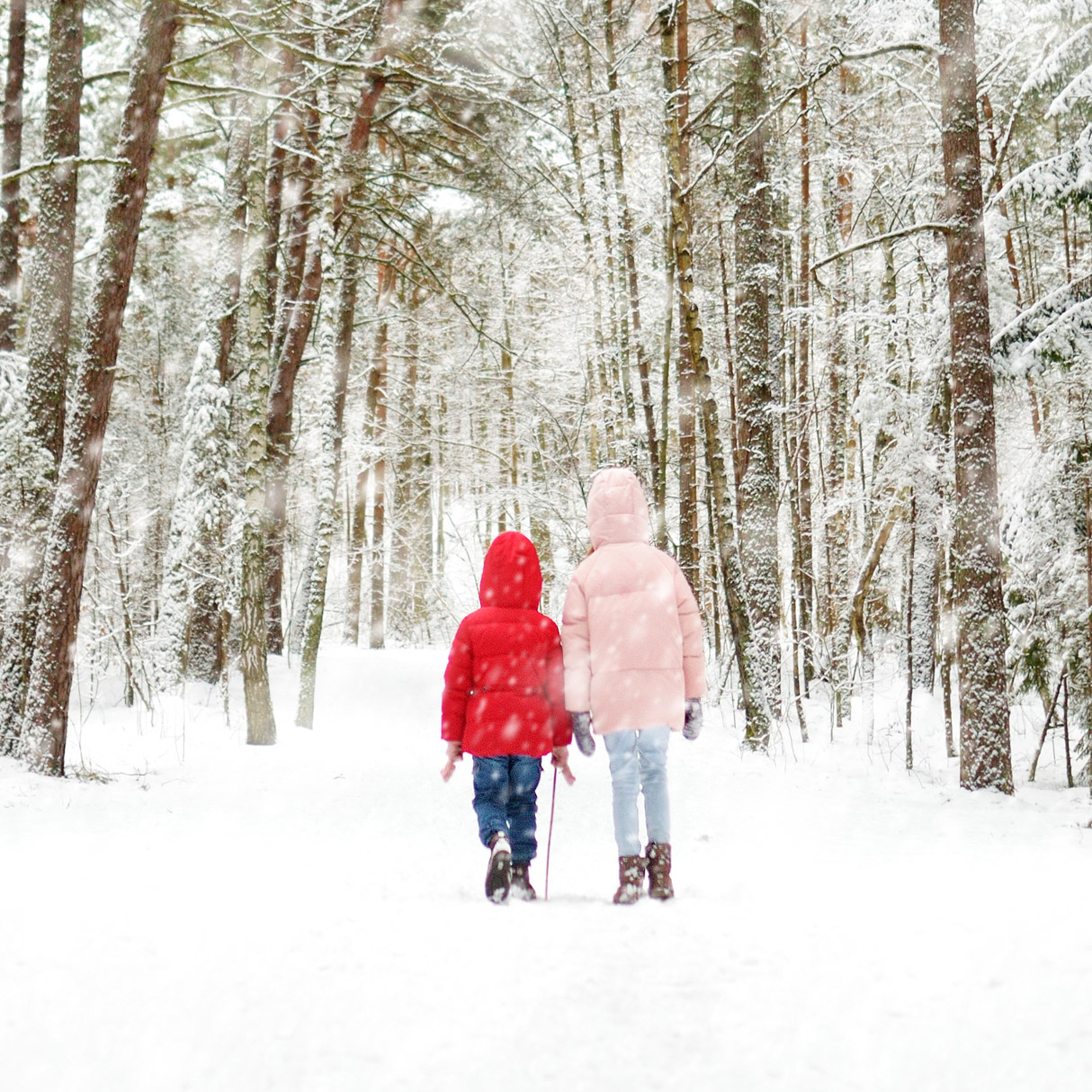Natural Environment
- Incorporating Green spaces and protecting natural environments enhances a community’s Social wellbeing and recreational opportunities.
- Natural environments are not limited to Green spaces, they also include blue spaces or bodies of water.
- Natural environments are associated with enhanced Social cohesion, greater Economic capital, increased walking, and lower body mass index. Additionally, natural environments provide a multi-sensorial experience through the five senses of sight, sound, taste, touch, smell, and non-visual pathways.151
- Associated with enhanced Social cohesion, greater Economic capital, increased walking, and lower body mass index.
- Urban tree canopies enhance feelings of security and promote better mental and physical health, as well as offering shade and lowering surface and air temperatures.
- When natural environments include public benches or sitting areas, these spaces can enhance accessibility and use, especially among older populations.
- The preservation of the Natural Environment protects biodiversity, and contributes to ecosystem resilience in the face of climate change.150 Keeping natural areas unpolluted from herbicides and pesticides is important for preservation efforts and Environmental sustainability.


Overall, the Natural Environment supports the health and wellbeing of the community and its residents. Natural areas can promote Social cohesion and a sense of security while providing a range of co-benefits in Environmental conservation, Social wellbeing, and Economic capital.
Example Criteria for Natural Environment Design
 How many parks and open spaces are available? What is the quality and accessibility of those spaces?
How many parks and open spaces are available? What is the quality and accessibility of those spaces?
Green Infrastructure, which includes open spaces and natural areas (e.g., public parks and plazas, open fields, green corridors), promotes non-sedentary healthy lifestyles and healthy behaviours like physical activity.3,27 Living close to green space has been linked to lower levels of stress, depression and anxiety, and better mental health.96
 What does the urban tree environment look like? What does the canopy coverage look like in the community?
What does the urban tree environment look like? What does the canopy coverage look like in the community?
Street trees have positive effects on physical activity, Social wellbeing, and mental health while reducing street traffic, stress, healthcare costs, and chronic diseases.13
 What policies protect and prioritize the natural areas in and around the community?
What policies protect and prioritize the natural areas in and around the community?
Natural areas with abundant green space have been linked to positive perceptions of general health among residents.97 Policies and guidelines that ensure that these spaces are protected against Urbanization and Sprawl help to support wellbeing.
 How are the natural public spaces managed?
How are the natural public spaces managed?
High quality public spaces and resting areas can create positive social and environmental value within a community.98 Managing these assets is beneficial for community wellbeing.
 Environmental Considerations
Environmental Considerations
Natural environments reduce air pollution and cool the air in dense urban areas.3,13,99 In rural areas, natural and sustainable spaces provide everyday opportunities to connect with nature.2 Overall, green and blue spaces promote mental and Social wellbeing while protecting and preserving the Natural Environment.2,100 Incorporating native species and naturalizing grass turfs can create sustainable landscapes and add biodiversity to neighbourhoods.101
 Economic recovery Considerations
Economic recovery Considerations
Urban trees and tree canopies not only provide a range of environmental benefits to urban areas, but are also associated with increased residential property values, recreation, and tourism appeal.13,99,102,103 Similarly, in rural communities the presence of natural areas can increase natural capital assets.2
 Pandemic Recovery Considerations
Pandemic Recovery Considerations
Parks, open spaces, and natural areas provide areas to participate in socially distanced activities during different stages of a pandemic and throughout pandemic recovery.104 These outdoor spaces provide opportunities and benefits for physical and mental health, including reduced stress for residents in times of crisis.104

Did you know?
Whose trees are these? 80-90% of Canadian urban trees are in private yards (residential front or back yards) rather than in public spaces like city parks or streets.108
Key Natural Environment Considerations for:
Consider planting a tree that is native to your area in your own yard or perhaps consider a few native plants to decorate the interior of your home! Ask if your home or building has a green roof, access to a community garden, or is nearby other Green spaces. Have children in your life who are interested in connecting with nature? Check out the resources and experiences provided by Nature Kids. This program has chapters in Calgary, Medicine Hat, and Lethbridge and is focused on teaching kids ages 4-12 and their families about nature in Alberta, with links to environmental stewardship and healthy living.
Consider the benefits of a home with natural yard space. These assets can be transformed into a natural garden that provides benefits of growing your own food! In addition to yards, consider the benefits of communal green areas and proximity to natural and open spaces.
Consider designing and planning out natural spaces within communities and neighbourhoods. These spaces often have multiple functions such as areas for play, gatherings, and events, but also provide benefits to physical and mental health.
Consider the importance of preserving the Natural Environment when redeveloping older areas or developing new areas. Work with municipalities to realize the environmental, economic, and health value of conserving natural areas. Increasing green space in existing and new neighbourhoods can help to improve access for residents and address Social inequalities related to recreation and general wellbeing.111
Consider programs or incentives that promote or protect the natural areas of the town or city. For example, incentivize the use of community gardens or offer activity programs in public Green spaces which capture the health benefits as well as the cultural and economic importance of these areas to the community.



